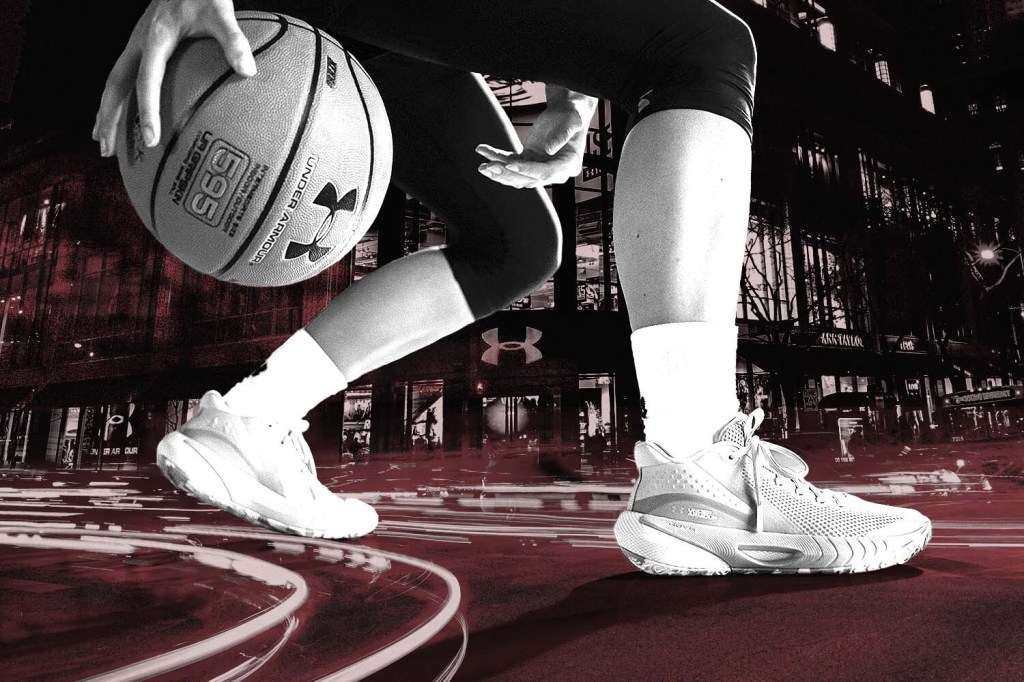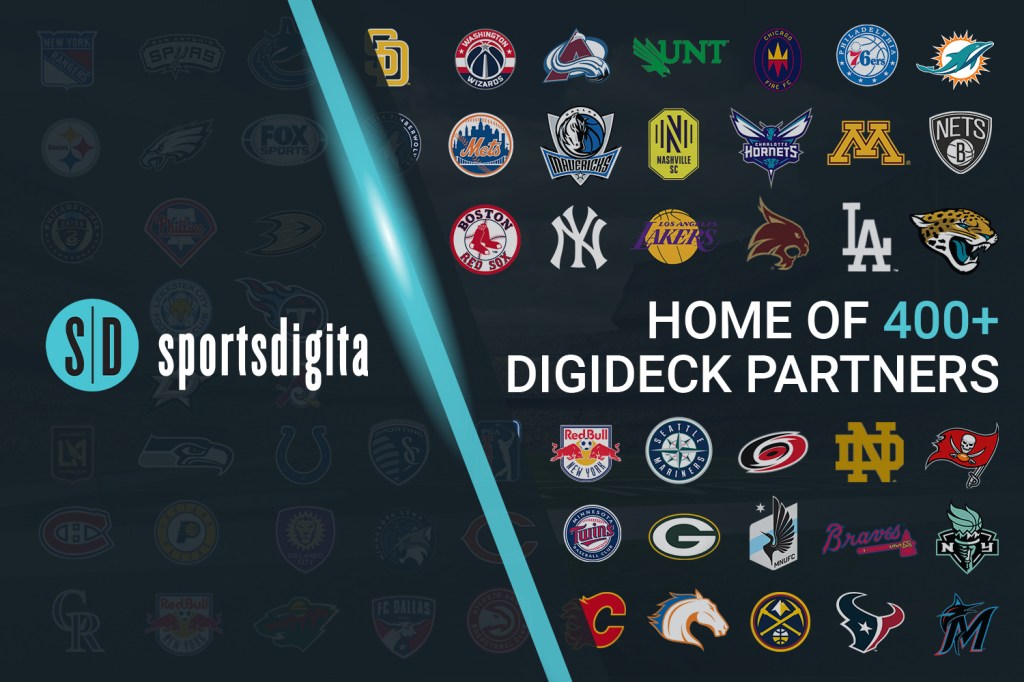Under Armour is battling its way back toward sportswear supremacy — but it hasn’t been easy.
The company has faced myriad challenges since 2016, ranging from SEC investigations to divestitures. The brand, which at one point had grown to stand toe-to-toe with the likes of Nike and Adidas, suddenly faltered amid declining sales and corporate misgivings.
In 2019, Under Armour released a five-year strategic growth plan. The focus? Brand, brand, brand. From accelerating innovation in apparel to optimizing supply chain logistics to ensure customer satisfaction, the brand was a cornerstone of each element in the strategy.
The plan was initially met with skepticism.
Just one year after it went into effect, former CEO Kevin Plank stepped down from his position to become executive chairman of the board. Various executives — including Plank — were also embroiled in a scandal that involved using corporate funds to expense nights at a strip club. Those indiscretions, paired with revenue growth dropping from double to single digits, cast a shadow on any prospects of growth.
Over the past 12 months, however, Under Armour has made meaningful progress. The company beat earnings estimates, demonstrated improvements in brand image, and executed on a number of its stated goals from the proposed 2018 turnaround. Q3 2021 was especially impressive:
- Adjusted earnings per share: $0.31 vs. $0.15 expected
- Revenue: $1.55 billion vs. $1.48 billion expected
- Net income: $113.4 million compared with $38.9 million a year earlier
- Direct-to-consumer sales: Up 12% to $604 million
The Baltimore-based retailer is clearly showing signs of a resurgence, and from an outside perspective, CEO Patrik Frisk is executing flawlessly.
But do these earnings numbers paint the full picture? Let’s dig in.
The Rise
If you look at a chart of Under Armour’s historic stock price dating back to its IPO in 2005, your eyes would immediately be drawn to a sharp, almost parabolic, uptick from 2010 to 2016. During the period, the company’s share price increased 1,048% — far beyond the stock appreciation of competitors at that time:
- Adidas: +75%
- Nike: +283%
- Lululemon: +240%
Under Armour even eclipsed Adidas as the second-largest sports apparel brand in the U.S. by sales while posting an impressive 26 consecutive quarters of 20% or greater year-over-year revenue growth.
The company also attracted an immense amount of athletic talent, signing stars like Cam Newton, Steph Curry, Bryce Harper, Tom Brady, and Jordan Speith. It inked an exclusive 15-year, $280 million deal with UCLA to become the university’s official sponsor — the largest deal of its kind at the time.
Under Armour even ventured into the technology space with its acquisitions of MyFitnessPal, MapMyFitness, and Endomondo for a combined $710 million. The thesis? Become an interconnected fitness company that not only dominates in apparel, but impacts consumers’ everyday lives through app experiences, as well.
Where Things Went Wrong
Have you ever walked into a Marshalls, sauntered over to the athletics section, and seen a plethora of UA shirts on the clearance rack? I have. This is due to the fact that Under Armour has historically been undisciplined with its inventory management.
Over the last half decade, Under Armour has consistently maintained a lower inventory turnover rate than all of its major competitors. Inventory turnover — the number of times a business sells and replaces its products during a given period — has been a pain point as the company carries high levels of inventory with a decreasing velocity of sales. Such a dynamic devalues Under Armour’s product. That’s bad — especially when you’re trying to sell a premium product.
In 2016, NBA superstar Stephen Curry voiced his displeasure with the fact that his signature sneaker, the Curry 2, was showing up at discount retailers. The assumed demand had been overestimated — and the product suffered.
The $285 billion athleisure market has proven to be incredibly lucrative for Lululemon, Nike, and Adidas over the past half decade. Unfortunately for Under Armour, the decision to sit out the athleisure wave and instead deploy capital toward fitness tech and double down on performance apparel has proven costly.
Interestingly enough, there was still no plan to increase exposure to athleisure in the company’s five-year turnaround plan. The company has remained steadfast in its assertion that performance gear is the bread and butter of the business. It’s probably too late to hop on the trend, anyway.
The company’s direct investments have not panned out, either. Under Armour invested nearly $1 billion into connected fitness and digital health and wellness. On the surface, that sounds like an incredibly prescient decision. The connected fitness space has been one of the hottest for investors over the past 18 months — think Peloton, Tonal, Tempo, Hydrow, etc.
Under Armour, however, seems to have been directionally correct but tactically ineffective.
- Endomondo purchase: $85 million
- MyFitnessPal purchase: $475 million
- MyFitnessPal exit: $345 million
After several years of letting those platforms languish without true product development or complementary offerings, the business line simply ceased to make sense.
Looking Forward
There is hope! This past week’s earnings call shows signs that problem areas are being addressed.
The company announced that inventories were down 21%. Revenues were up, DTC revenues were up, and while ecommerce was (slightly) down, there’s been a concerted effort to shift the distribution strategy toward an approach that’s better balanced between brick-and-mortar and online sales.
The company is cutting its losses on the sponsorship side, too. According to the Baltimore Business Journal, the company has shed 47% of its sponsorship contracts compared to 2019. UCLA, UC Berkeley, and the University of Cincinnati represent just a portion of the team sponsorships Under Armour exited over the past three years in effort to reduce costs and remove corporate inefficiencies. This capital reallocation, along with corporate restructuring, has yielded meaningful cost savings for the business — an overall win for the balance sheet.
What is yet to be seen, however, is whether or not Under Armour’s judgement has improved from an innovation and strategy standpoint. The miss on athleisure and inability to capitalize on connected fitness is concerning.
As the company continues to build upon its improved operational savvy, it will be important to track just what it’s getting into on the innovation side. Personally, I’m keeping my eyes peeled for Under Amour’s next big M&A transaction.



